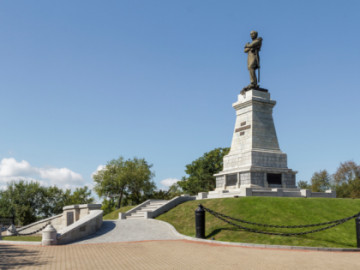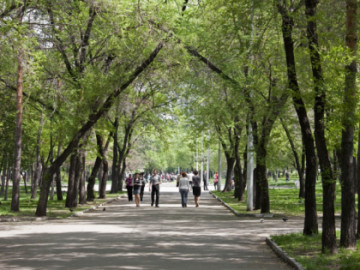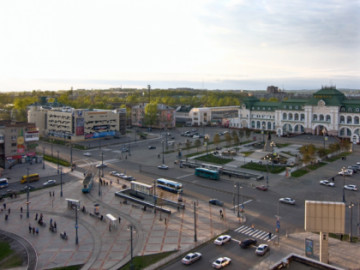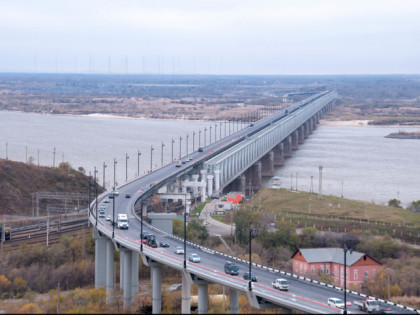Khabarovsk Bridge or "Amur miracle": a picture on a money bill
The Khabarovsk Bridge across the Amur River was called the “Amur miracle” at the beginning of the 20th century. The project of an engineer Lavr Proskouriakov was awarded the Grand Prix of the Paris Exhibition at the preparatory stage. The bridge, which had to become the longest in the Old World, was laid in 1913. The crossing was planned to be opened on October 1, 1915. It was assumed that the bridge across the Amur would become a part of the Trans-Siberian Railway. However, the First World War prevented the plans. The point is that parts of the bridge's construction were done in Warsaw which found itself in the epicenter of the military operations very quickly.
The Khabarovsk Bridge was opened only in October 1916. It was named Alekseyevsky in honor of the heir to the throne Tsarevich Alexei. This was the last object erected in the times of the Russian Empire. A few months later the revolution broke out. During the Civil War in 1920 the bridge was destroyed. It started working again only in March 1925, and for 50 years it served as the only road through the Amur River. The Khabarovsk Bridge is a landmark of the federal level. Its image can be seen on a bill of 5000 Russian rubles. In the 90s of the 20th century the bridge was reconstructed and a Museum of Khabarovsk Bridge was opened nearby, in which old steam locomotives, wagons and cisterns once running along this bridge have been stored. Here one can get acquainted with the history of the construction of the bridge, assess the scope of work and learn about the conditions of its operation.



































